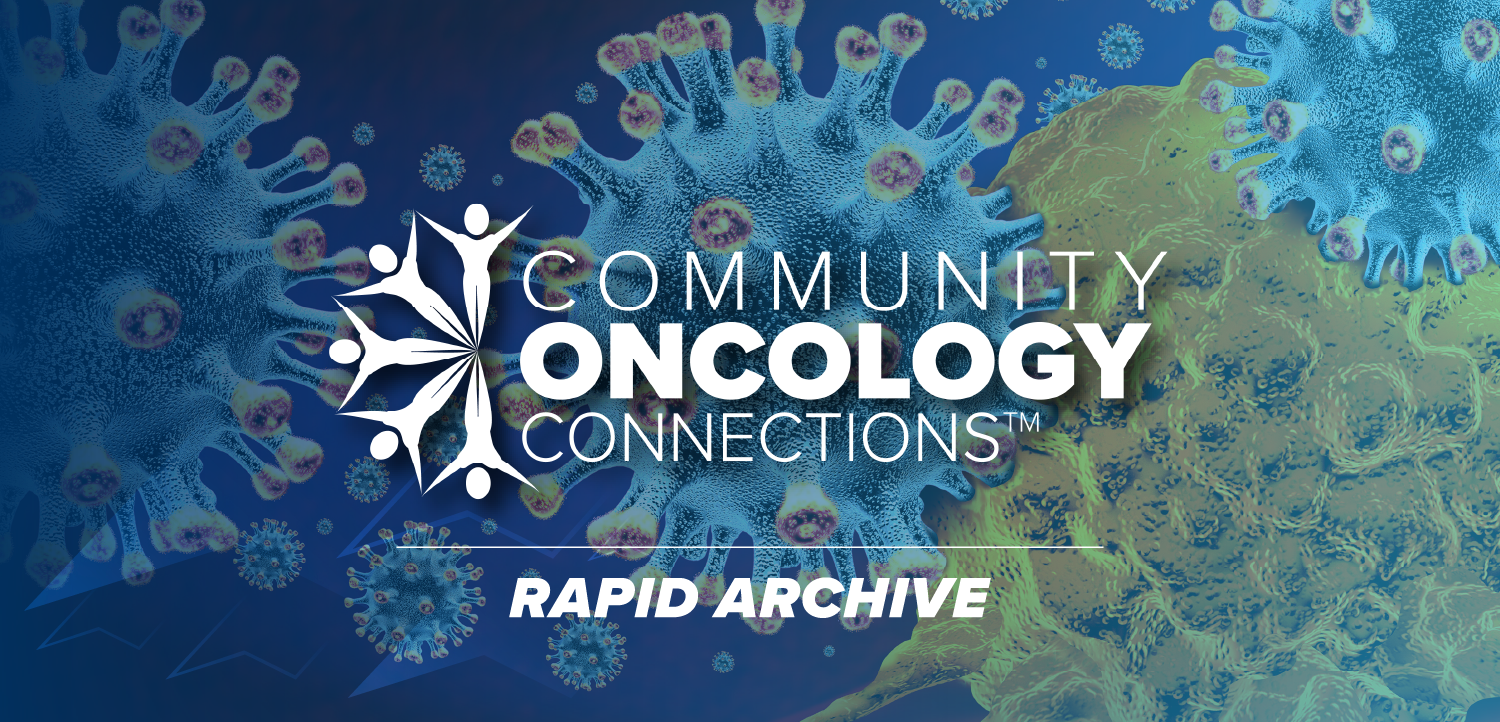
SAN FRANCISCO-“Kaposi’s sarcoma (KS) conforms very poorly to conventional notions about cancer,” Donald Ganem, MD, of the University of California, San Francisco, said at a conference on globally emerging viral infections. “It’s properly classified as in the gray zone between proliferative hyperplasia and frank neoplasm.”














































































